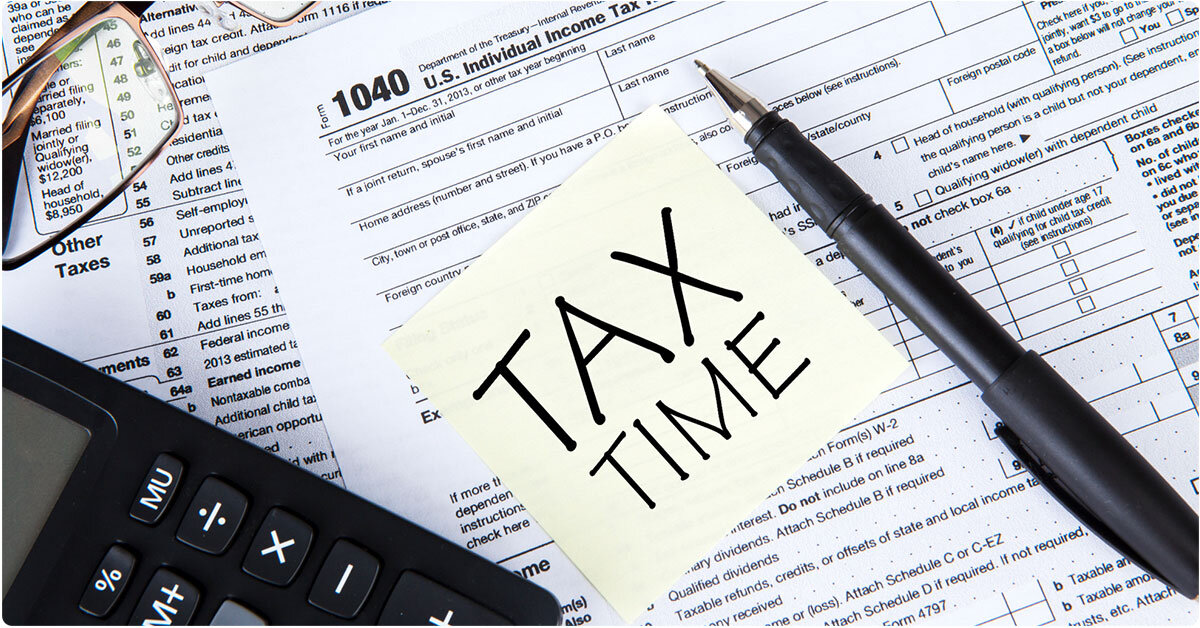 Contributed by: Nick Defenthaler, CFP®, RICP®
Contributed by: Nick Defenthaler, CFP®, RICP®
How much guaranteed income (we’re talking Social Security, pension, and annuity income) should you have in retirement? I am frequently asked this by clients who are nearing or entering retirement AND are seeking our guidance on how to create not only a tax-efficient but well-diversified retirement paycheck.
“The 50% Rule”
Although every situation is unique, in most cases, we want to see roughly 50% or more of a retiree’s spending need satisfied by fixed income. For example, if your goal is to spend $140,000 before-tax (gross) in retirement, ideally, we’d want to see roughly $70,000 or more come from a combination of Social Security, pension, or an annuity income stream. Reason being, this generally means less reliance on the portfolio for your spending needs. Of course, the withdrawal rate on your portfolio will also come into play when determining if your spending goal would be sustainable throughout retirement. To learn more about our thoughts on the “4% rule” and sequence of return risk, click here.
Below is an illustration we use frequently with clients to help show where their retirement paycheck will be coming from. The chart also displays the portfolio withdrawal rate to give clients an idea if their desired spending level is realistic or not over the long-term.
Cash Targets
Once we have an idea of what is required to come from your actual portfolio to supplement your spending goal, we’ll typically leave 6 – 12 months (or more depending of course on someone’s risk tolerance) of cash on the “sidelines” to ensure the safety of your short-term cash needs. Believe it or not, since 1980, the average intra-year market decline for the S&P 500 has been 13.8%. Over those 40 years, however, 30 (75% of the time) have ended the year in positive territory:
Market declines are imminent and we want to plan ahead to help mitigate their potential impact. By having cash available at all times for your spending needs, it allows you to still receive income from your portfolio while giving it time to “heal” and recover – something that typically occurs within a 12-month time frame.
A real-world example of this is a client situation that occurred in late March 2020 when the market was going through its bottoming process due to COVID. I received a phone call from a couple who had an unforeseen long-term care event occur which required a one-time distribution that was close to 8% of their entire portfolio. At the time, the stock portion of their accounts was down north of 30% but thankfully, due to their 50% weighting in bonds, their total portfolio was down roughly 17% (still very painful considering the conservative allocation, however). We collectively decided to draw the income need entirely from several of the bond funds that were actually in positive territory at the time. While this did skew their overall allocation a bit and positioned them closer to 58% stock, 42% bond, we did not want to sell any of the equity funds that had been beaten up so badly. This proved to be a winning strategy as the equity funds we held off on selling ended the year up over 15%.
As you begin the home stretch of your working career, it’s very important to begin dialing in on what you’re actually spending now, compared to what you’d like to spend in retirement. Sometimes the numbers are very close and oftentimes, they are quite different. As clients approach retirement, we work together to help determine this magic number and provide analysis on whether or not the spending goal is sustainable over the long-term. From there, it’s our job to help re-create a retirement paycheck for you that meets your own unique goals. Don’t hesitate to reach out if we can ever offer a first or second opinion on the best way to create your own retirement paycheck.
Nick Defenthaler, CFP®, RICP® is a Partner and CERTIFIED FINANCIAL PLANNER™ professional at Center for Financial Planning, Inc.® Nick specializes in tax-efficient retirement income and distribution planning for clients and serves as a trusted source for local and national media publications, including WXYZ, PBS, CNBC, MSN Money, Financial Planning Magazine and OnWallStreet.com.
Opinions expressed are those of the author but not necessarily those of Raymond James, and are subject to change without notice. The information has been obtained from sources considered to be reliable, but we do not guarantee that the foregoing material is accurate or complete. Charts in this article are for illustration purposes only.



























